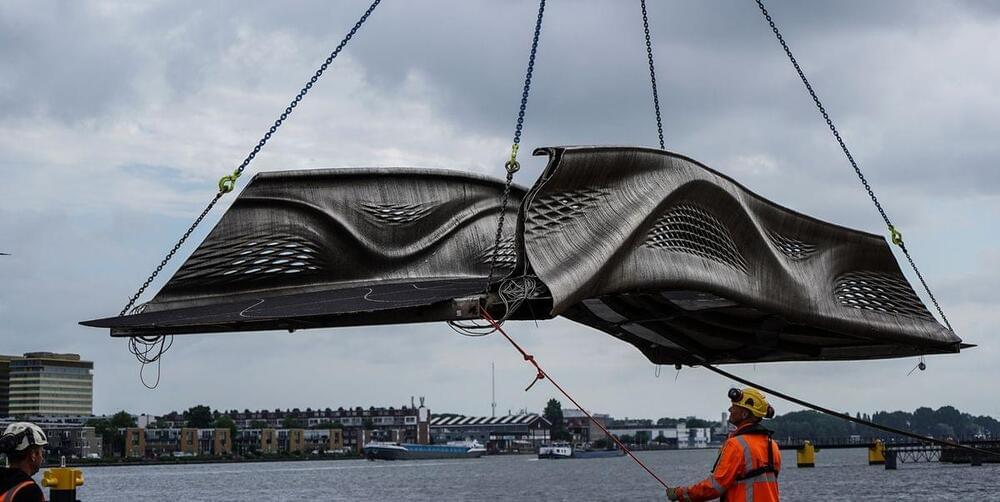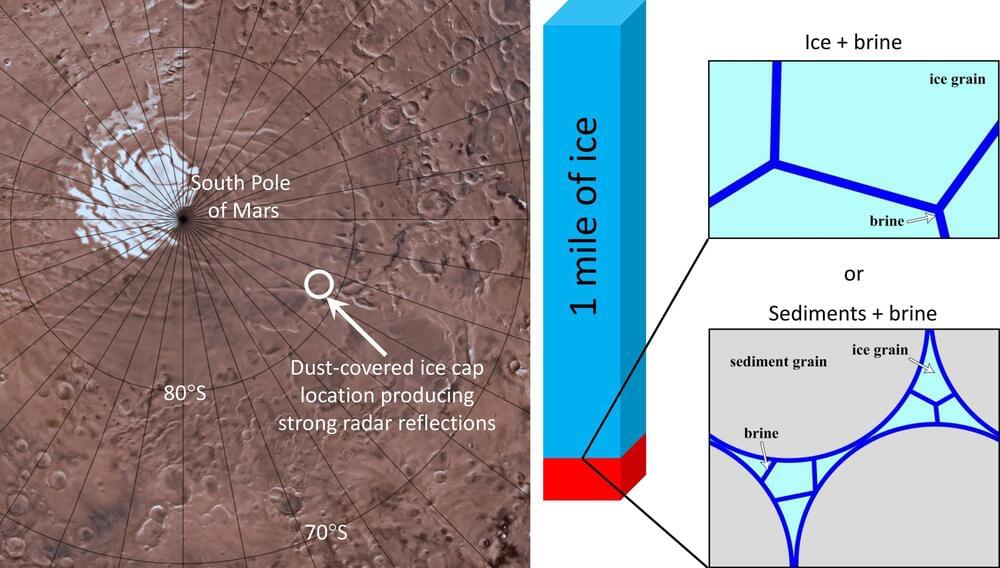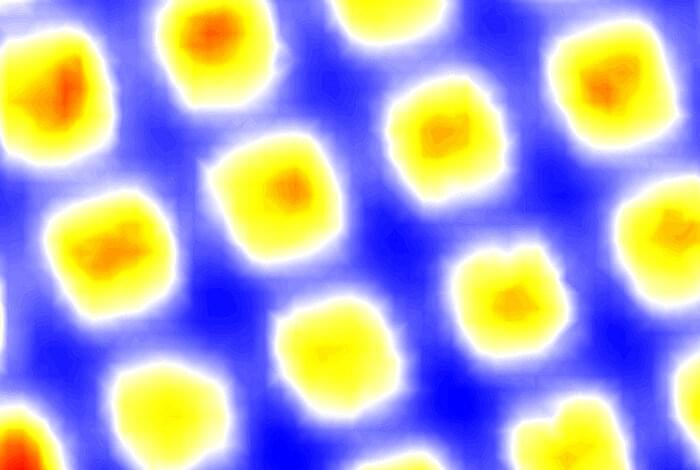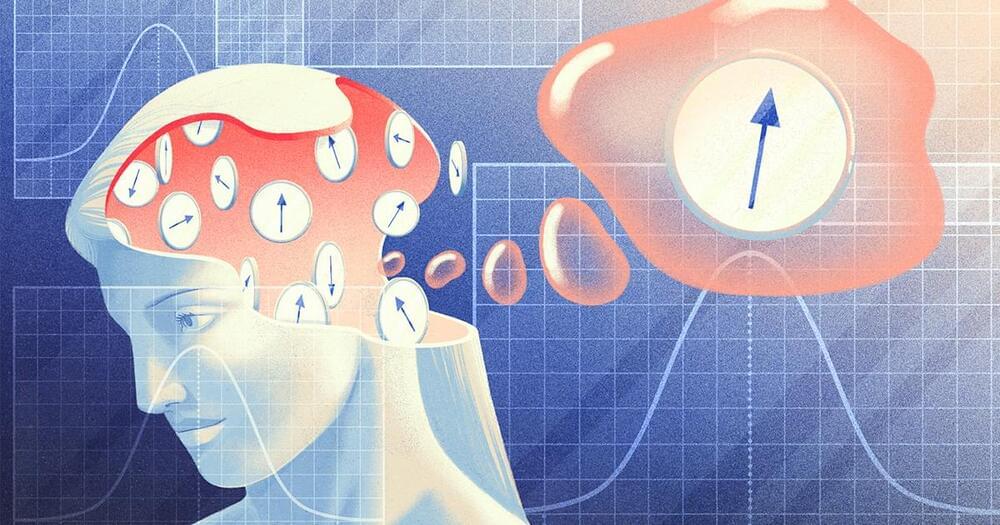Jan 26, 2022
Banana Split: Extracting Hydrogen Fuel From Banana Peels
Posted by Shubham Ghosh Roy in category: energy
As the world’s energy demands increase, so does our consumption of fossil fuels. The result is a massive rise in greenhouse gases emissions with severely adverse environmental effects. To address this, scientists have been searching for alternative, renewable sources of energy.
A main candidate is hydrogen produced from organic waste, or “biomass,” of plants and animals. Biomass also absorbs, removes, and stores CO2 from the atmosphere, while biomass decomposition can also bring us ways to negative emissions or greenhouse gases removal. But even though biomass heralds a way forward, there is still the question of the best way to maximize its conversion into energy.
There are currently two main methods for converting biomass into energy: gasification and pyrolysis. Gasification puts solid or liquid biomass at temperatures around 1000°C, converting it into gas and solid compounds; the gas is called “syngas” while the solid is “biochar.”


















